Two-Channel Information Fusion Weak Signal Detection Based on Correntropy Method †
Abstract
:Featured Application
Abstract
1. Introduction
2. Fundamental Theory
2.1. Principal Components Analysis for Multi-Channel Information Fusion
- Form the original data into an n-by-m data Hankel matrix X;
- Each row of matrix X is subtracted from its corresponding mean value, that is, zero mean value;
- Calculate the covariance matrix ;
- Calculate the eigenvalues and corresponding eigenvectors of the covariance matrix;
- Arrange the eigenvectors into a matrix according to the size of the corresponding eigenvalues from large to small, and take the first k (determined by the cumulative contribution rate of the principal components) columns to form a matrix P;
- is the principal component matrix of the original data X after dimensionality reduction.
2.2. Theory of Singular Value Decomposition
2.3. Definition of Correntropy
3. Presentation of the Proposed Method
4. Simulation for Correntropy Induced Metrics and Cyclic Correntropy Spectrum
4.1. The Effect of Correntropy Induced Metrics
4.2. The Role of Cyclic Correntropy Spectrum
5. Validation of the Proposed Method on Weak Signal Detection
5.1. Weak Electrical Signal Detection
5.2. Features Extraction of Two-Channel Information Fusion
- (1)
- Construct each signal column into a 3073-by-1024 matrix, and then splice the two matrices into a 3073-by-2048 matrix.
- (2)
- Perform PCA on the newly constructed matrix with each column as one-dimensional, and obtain a new 3073-by-2048 matrix.
- (3)
- To maintain the consistency of the signal length, the first 1024 dimensions are preferred as the principal components.
- (4)
- However, to prove that the selected principal components can represent the main information of the original matrix, the cumulative contribution of the selected matrix should be calculated. The cumulative contribution of the first 352-dimensional vector reaches 95%, and the cumulative contribution of the first 1024-dimensional vector reaches 99.66%. Therefore, it can be considered that the first 1024 dimensional vectors can express most of the information of the original matrix.
6. Conclusions
- A method called SVD-CIM is proposed to extract the weak signal features, which includes using CIM to select the SCs from the SVD and estimating CCES for the reconstructed signal.
- CIM is a similarity measure based on frequency components.
- Compared with the frequency spectrum of the reconstructed signals, CCES can express more useful information for the cyclostationary signals.
- Compare with the method of difference spectrum selection, the CIM selection has a better performance on weak signal features.
- For two-channel information, two-SVD-CIM is proposed, and the two-channel information fusion can enhance the fault characteristics.
Author Contributions
Funding
Data Availability Statement
Acknowledgments
Conflicts of Interest
References
- Gong, S.; Lu, J.; Li, S.; Ma, H.; Yan-Feng, W.; Guang-Rong, T. The Correntropy Induced Metric and Cyclic Correntropy Spectrum Method Combined with Singular Value Decomposition for Weak Signal Detection. In Proceedings of the IEEE Global Reliability & Prognostics and Health Management Conference, Nanjing, China, 15–17 October 2021. [Google Scholar]
- Qian, W.; Li, S.; Jiang, X. Deep transfer network for rotating machine fault analysis. Pattern Recognit. 2019, 96, 106993. [Google Scholar] [CrossRef]
- Rodriguez, E.; Alvarez-Ramirez, J.; Espinosa-Paredes, G. A singular value decomposition entropy approach to instability analysis in BWR’s. Nucl. Eng. Des. 2021, 386, 111576. [Google Scholar] [CrossRef]
- Zhao, X.Z.; Ye, B.Y. Selection of effective singular values using difference spectrum and its application to fault diagnosis of headstock. Mech. Syst. Signal Process. 2011, 25, 1617–1631. [Google Scholar] [CrossRef]
- Zhao, M.; Jia, X. A novel strategy for signal denoising using reweighted SVD and its applications to weak fault feature enhancement of rotating machinery. Mech. Syst. Signal Process. 2017, 94, 129–147. [Google Scholar] [CrossRef]
- Gong, S.; Li, S.; Wang, H.; Ma, H.; Yu, T. Multi-Frequency Weak Signal Detection Based on Wavelet Transform and Parameter Selection of Bistable Stochastic Resonance Model. J. Vib. Eng. Technol. 2021, 9, 887–906. [Google Scholar] [CrossRef]
- Zhang, Z.; Li, S.; Lu, J.; Wang, J.; Jiang, X. A novel intelligent fault diagnosis method based on fast intrinsic component filtering and pseudo-normalization. Mech. Syst. Signal Process. 2020, 145, 106923. [Google Scholar] [CrossRef]
- Wang, X.; Si, S.; Li, Y. Multiscale Diversity Entropy: A Novel Dynamical Measure for Fault Diagnosis of Rotating Machinery. IEEE Trans. Ind. Inform. 2021, 17, 5419–5429. [Google Scholar] [CrossRef]
- Wang, X.; Si, S.; Li, Y. Variational embedding multiscale diversity entropy for fault diagnosis of large-scale machinery. IEEE Trans. Ind. Electron. 2021, 69, 3109–3119. [Google Scholar] [CrossRef]
- Weifeng, L.; Pokharel, P.P.; Principe, J.C. Correntropy: A Localized Similarity Measure. In Proceedings of the 2006 IEEE International Joint Conference on Neural Network Proceedings, Vancouver, BC, Canada, 16–21 July 2006. [Google Scholar]
- An, Z.H.; Li, S.M.; Wang, J.R.; Qian, W.W.; Wu, Q.J. An Intelligent Fault Diagnosis Approach Considering the Elimination of the Weight Matrix Multi-Correlation. Appl. Sci. 2018, 8, 906. [Google Scholar] [CrossRef] [Green Version]
- Liu, T.; Qiu, T.; Luan, S. Cyclic Correntropy: Foundations and Theories. IEEE Access 2018, 6, 34659–34669. [Google Scholar] [CrossRef]
- Chen, B.; Xing, L.; Zhao, H.; Zheng, N.; Principe, J.C. Generalized Correntropy for RobustAdaptive Filtering. IEEE Trans. Signal Process. 2016, 64, 3376–3387. [Google Scholar] [CrossRef] [Green Version]
- Zhang, Z.; Li, S.; Wang, J.; Xin, Y.; An, Z. General normalized sparse filtering: A novel unsupervised learning method for rotating machinery fault diagnosis. Mech. Syst. Signal Process. 2019, 124, 596–612. [Google Scholar] [CrossRef]
- Luan, S.; Qiu, T.; Zhu, Y.; Yu, L. Cyclic correntropy and its spectrum in frequency estimation in the presence of impulsive noise. Signal Process. 2016, 120, 503–508. [Google Scholar] [CrossRef]
- Chen Xing, Q.T.; Liu, C. TDOA estimation algorithm based on generalized cyclic correntropy in impulsive noise and cochannel interference. IEICE Trans. Fundam. Electron. Commun. Comput. Sci. 2018, 10, 1625–1630. [Google Scholar] [CrossRef]
- Zhao, X.; Qin, Y.; He, C.; Jia, L.; Kou, L. Rolling Element Bearing Fault Diagnosis under Impulsive Noise Environment Based on Cyclic Correntropy Spectrum. Entropy 2019, 21, 50. [Google Scholar] [CrossRef] [Green Version]
- Zografos, K.; Nadarajah, S. Expressions for Rényi and Shannon entropies for multivariate distributions. Stat. Probab. Lett. 2005, 71, 71–84. [Google Scholar] [CrossRef]
- Hotellings, H. Analysis of a complex of statistical variables into principal components. Br. J. Educ. Psychol. 1932, 24, 417–520. [Google Scholar] [CrossRef]
- Takens, F. Detecting strange attractors in turbulence. In Dynamical Systems and Turbulence, Warwick, 1980; Springer: Berlin/Heidelberg, Germany, 1981; pp. 366–381. [Google Scholar]
- Ma, H.; Li, S.; Zhang, Z.; Lu, J. Fault Feature Extraction of Rolling Bearing Based on Improved VMD-SVD Joint Denoising and Synchrosqueezing Wavelet Transform. In Proceedings of the 2020, 11th International Conference on Prognostics and System Health Management (PHM-2020 Jinan), Jinan, China, 23–25 October 2020. [Google Scholar]
- Wang, J.; Li, S.; Jiang, X.; Cheng, C. An automatic feature extraction method and its application in fault diagnosis. J. Vibroengineering 2007, 19, 2521–2533. [Google Scholar]
- Santamaria, I.; Pokharel, P.P.; Principe, J.C. Generalized correlation function: Definition, properties, and application to blind equalization. IEEE Trans. Signal Processing 2006, 54, 2187–2197. [Google Scholar] [CrossRef] [Green Version]
- Smith, W.A.; Randall, R.B. Rolling element bearing diagnostics using the CaseWestern Reserve University data: A benchmark study. Mech. Syst. Signal Processing 2015, 64, 100–131. [Google Scholar] [CrossRef]
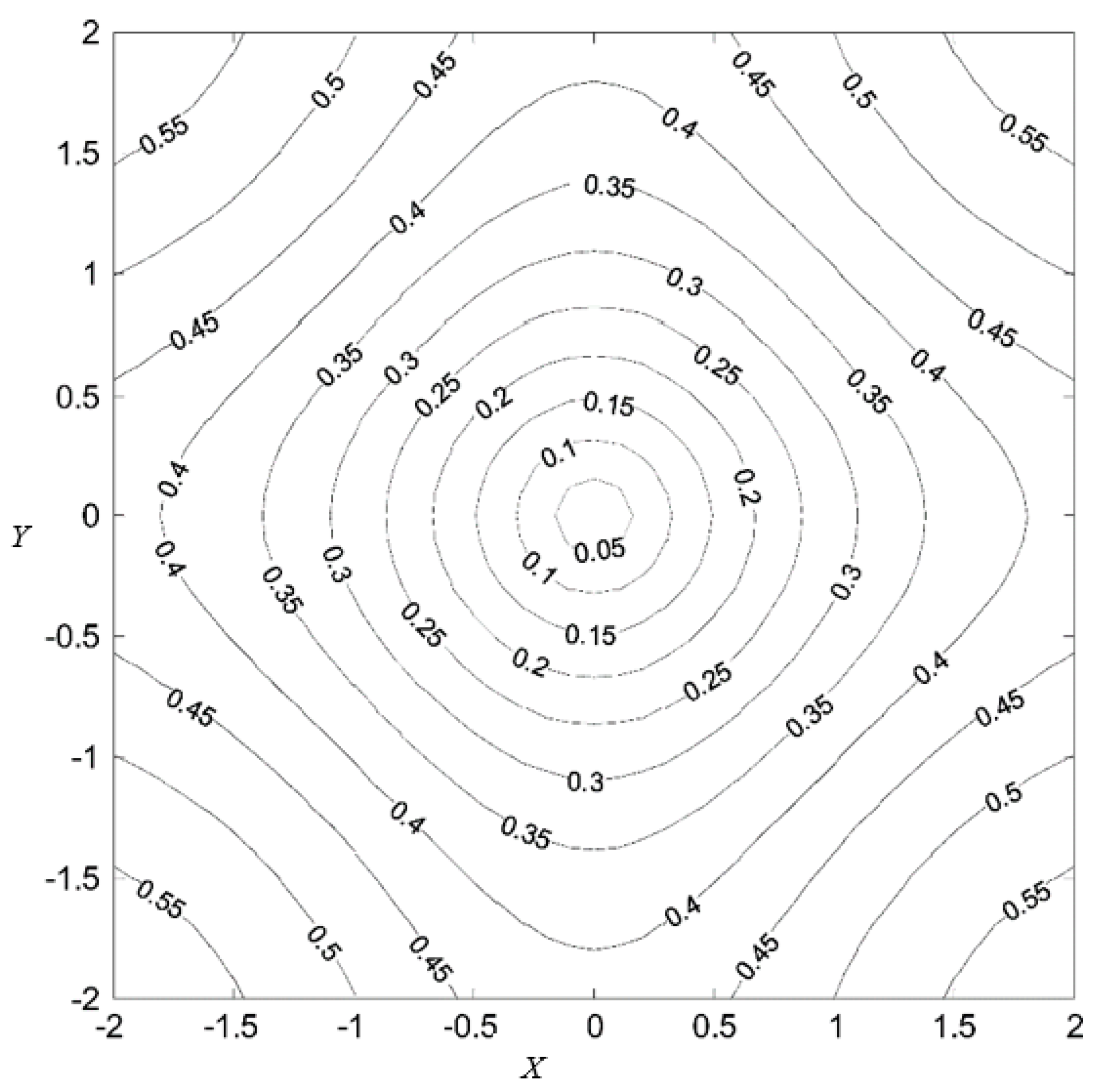

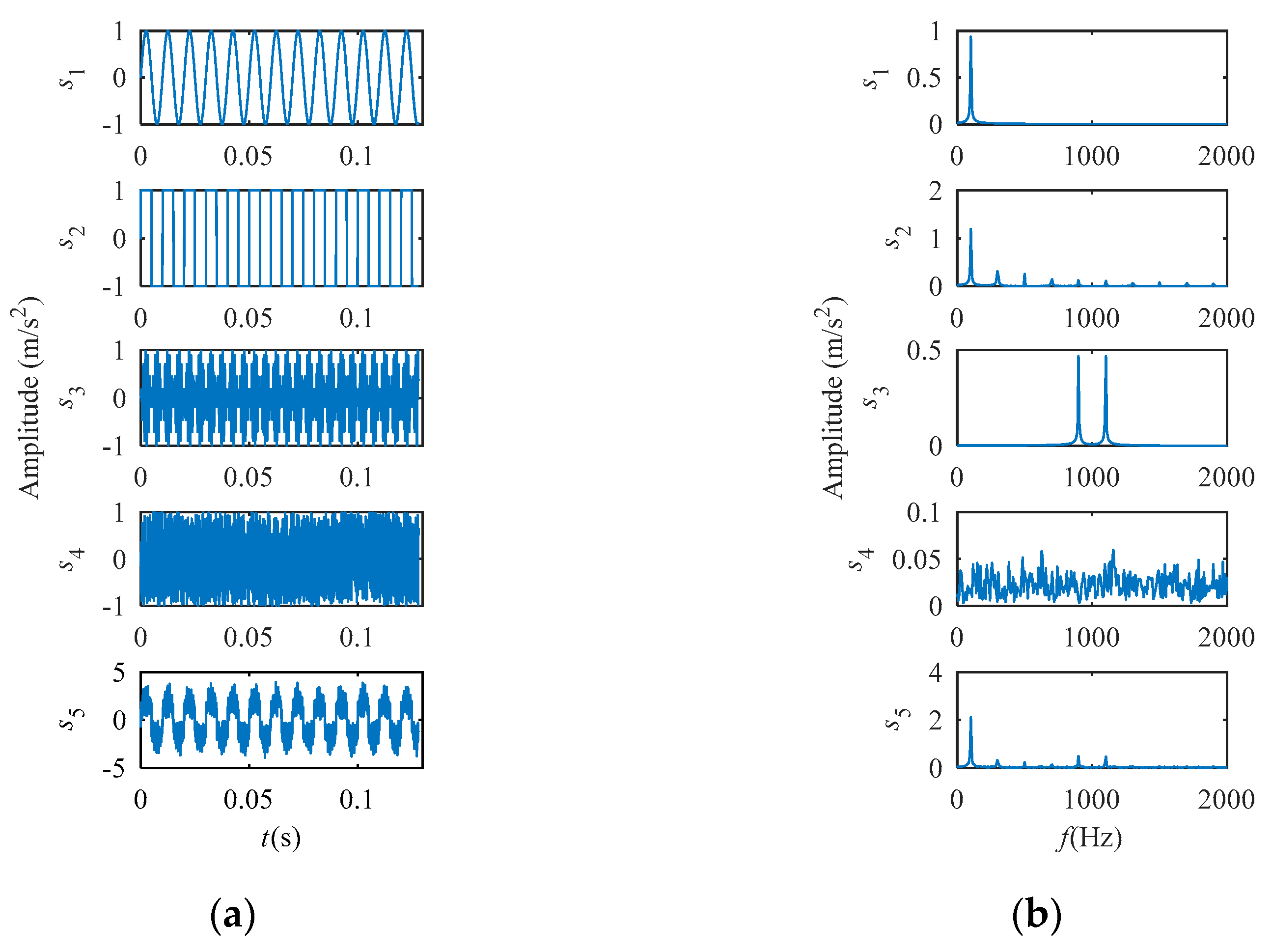



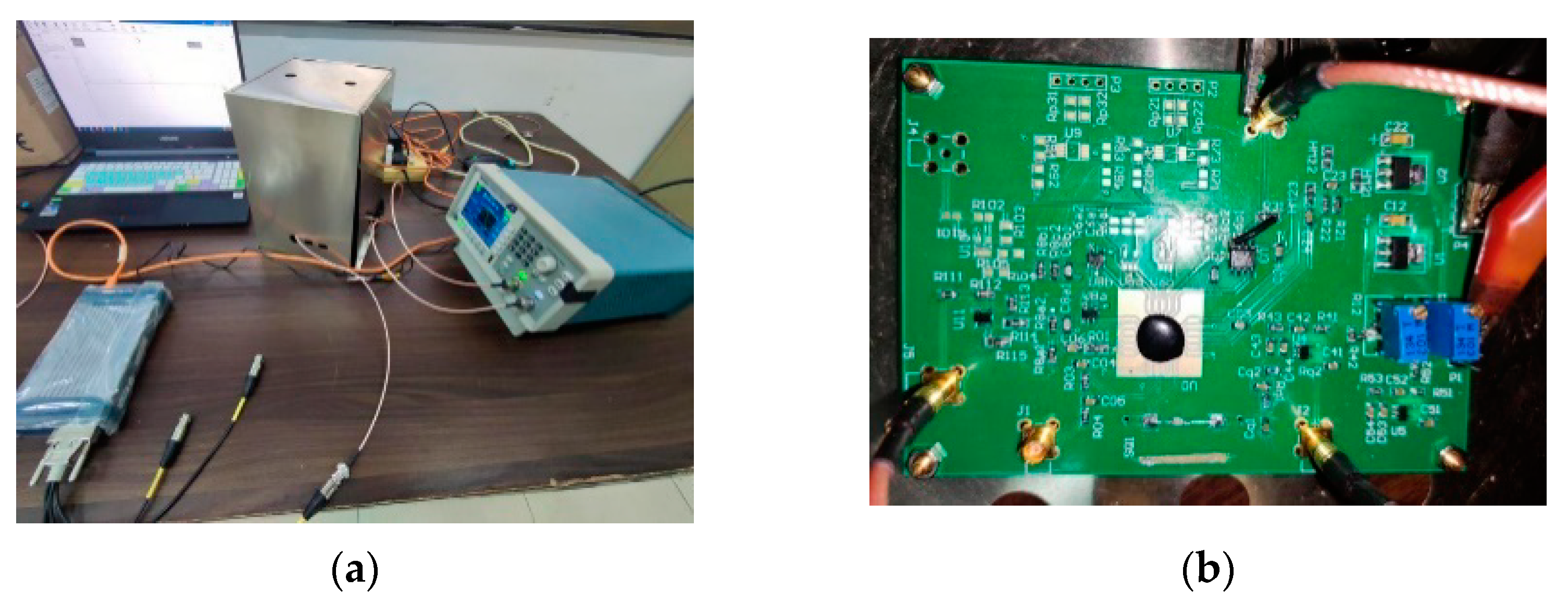
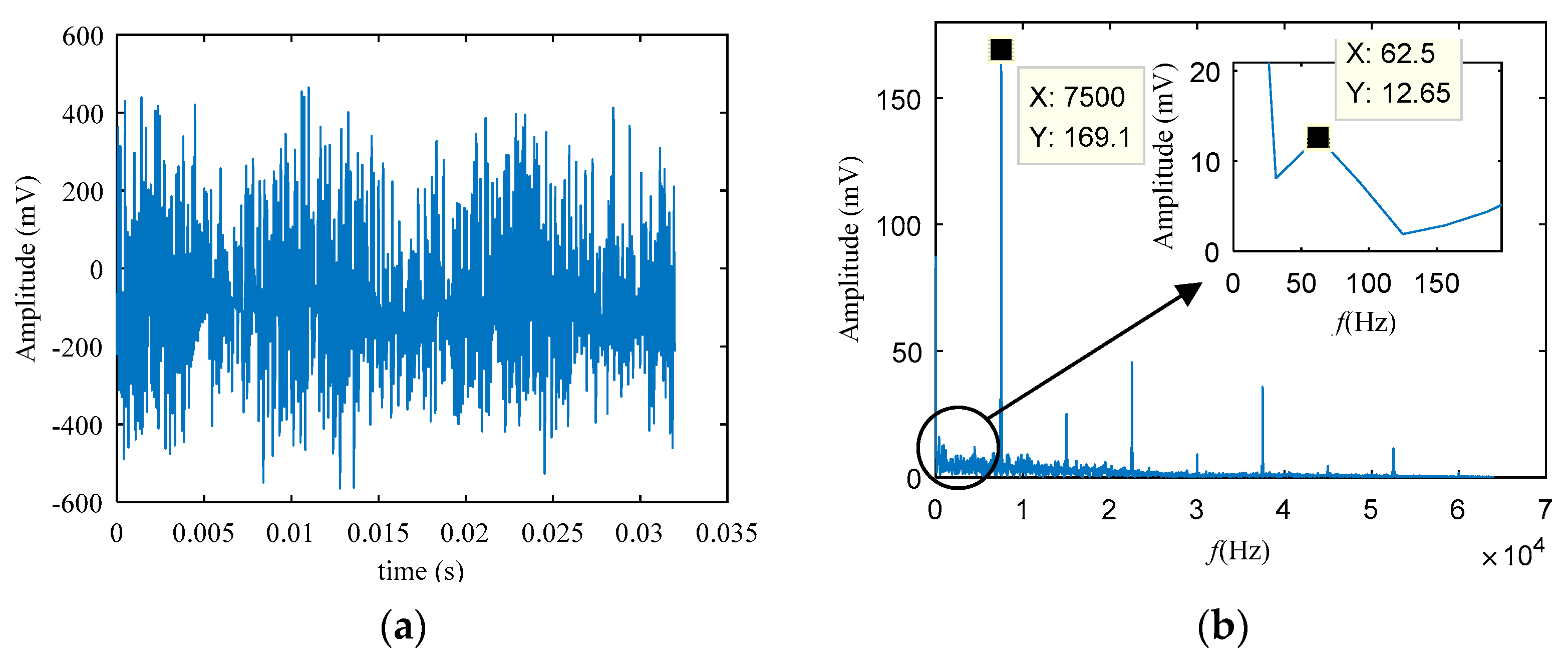
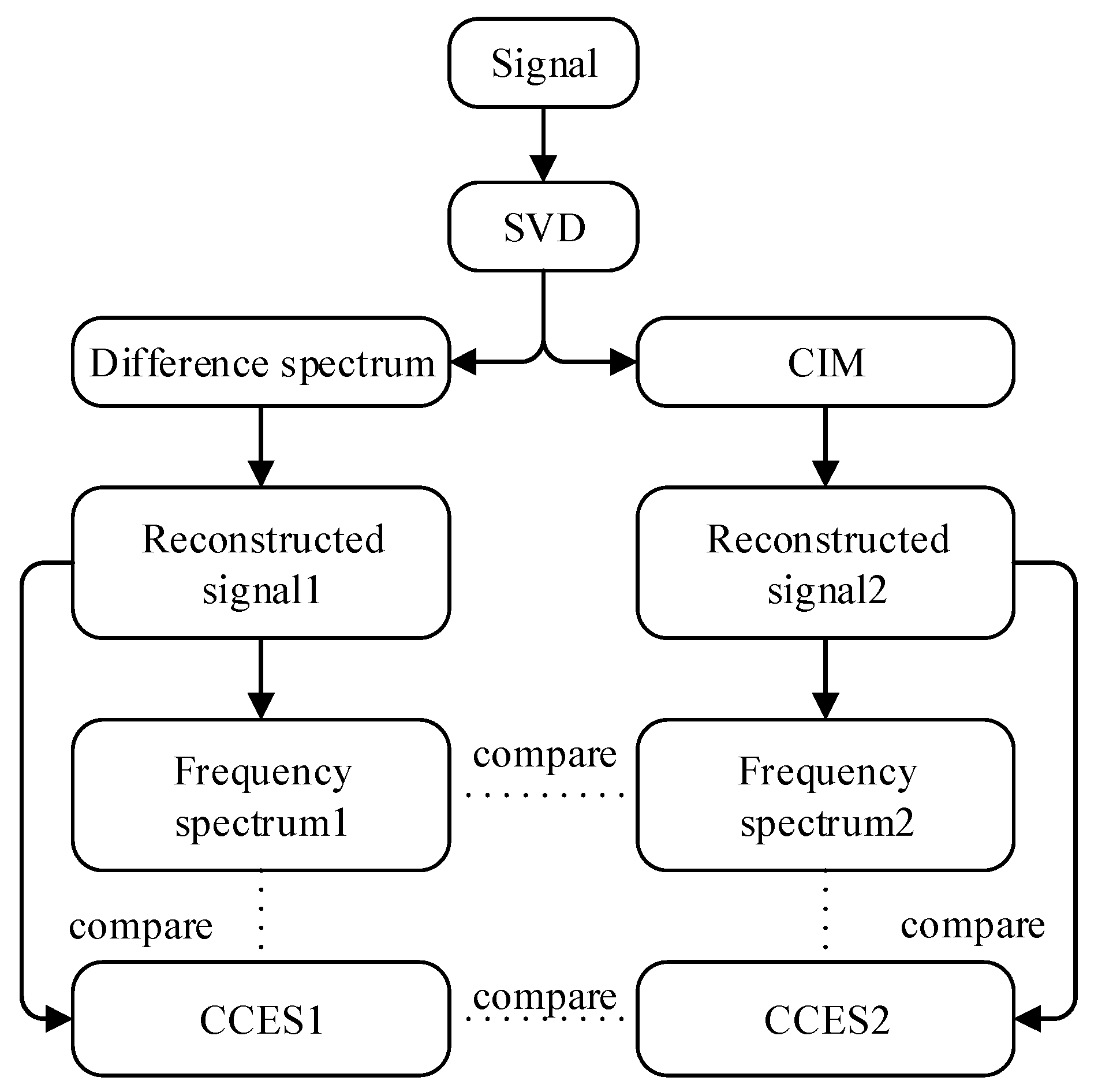
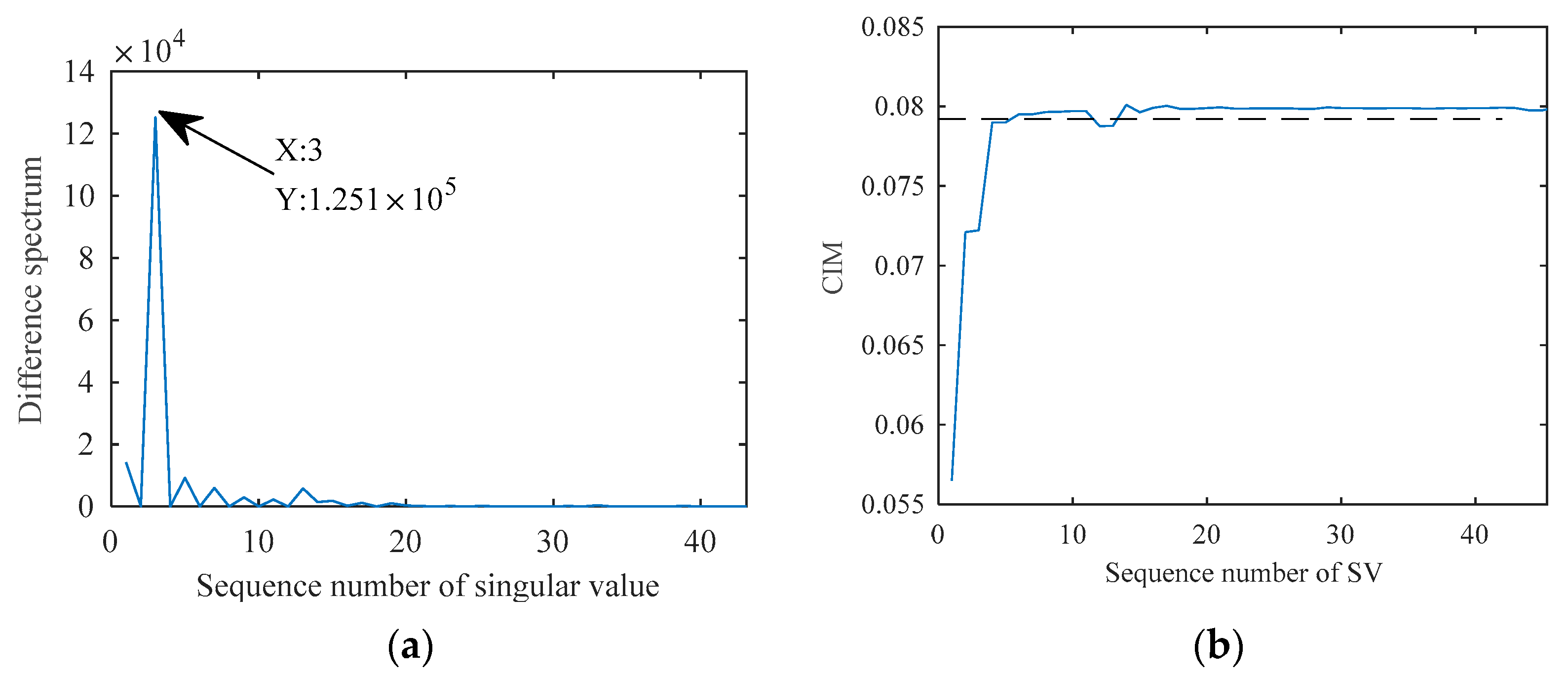
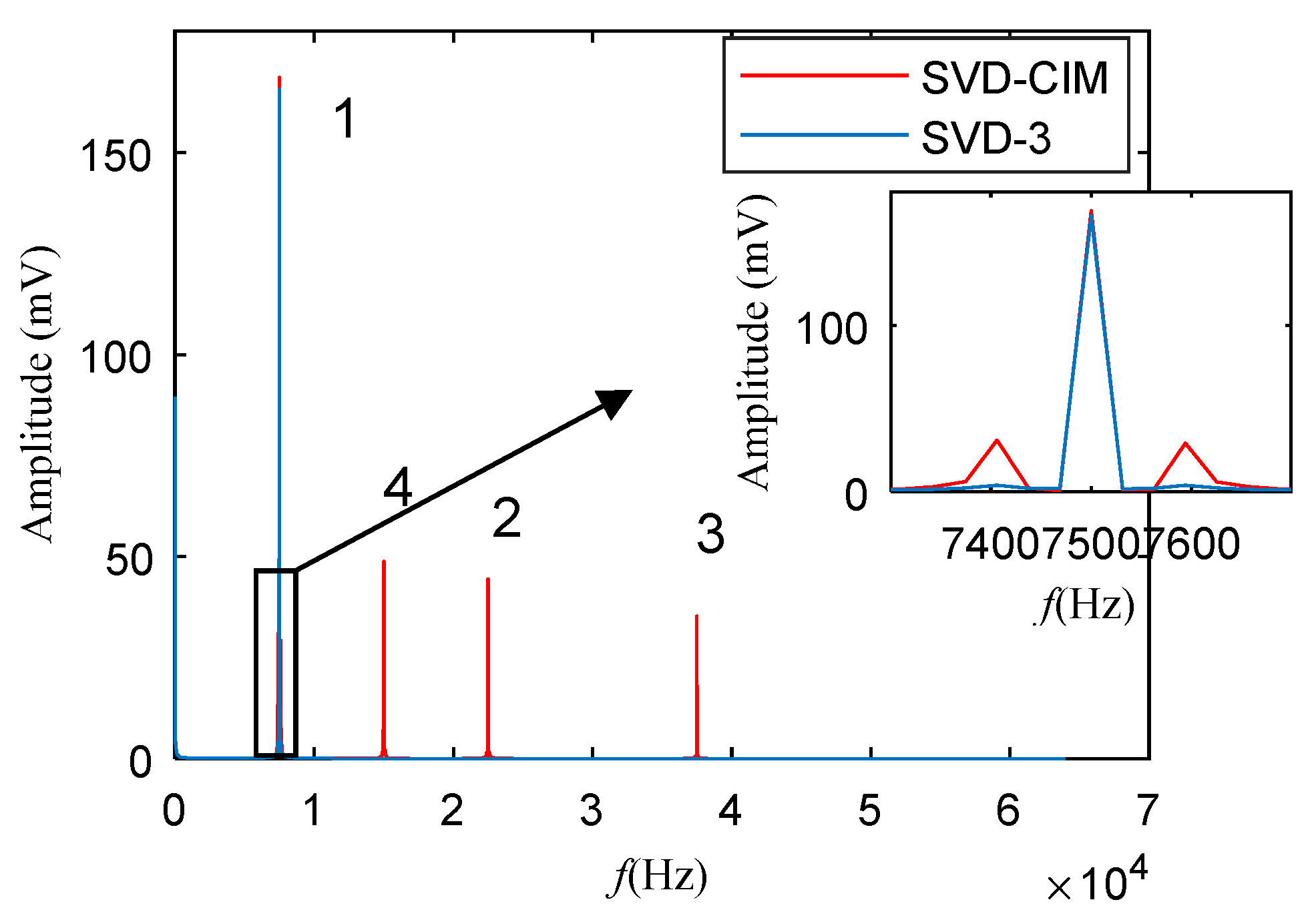
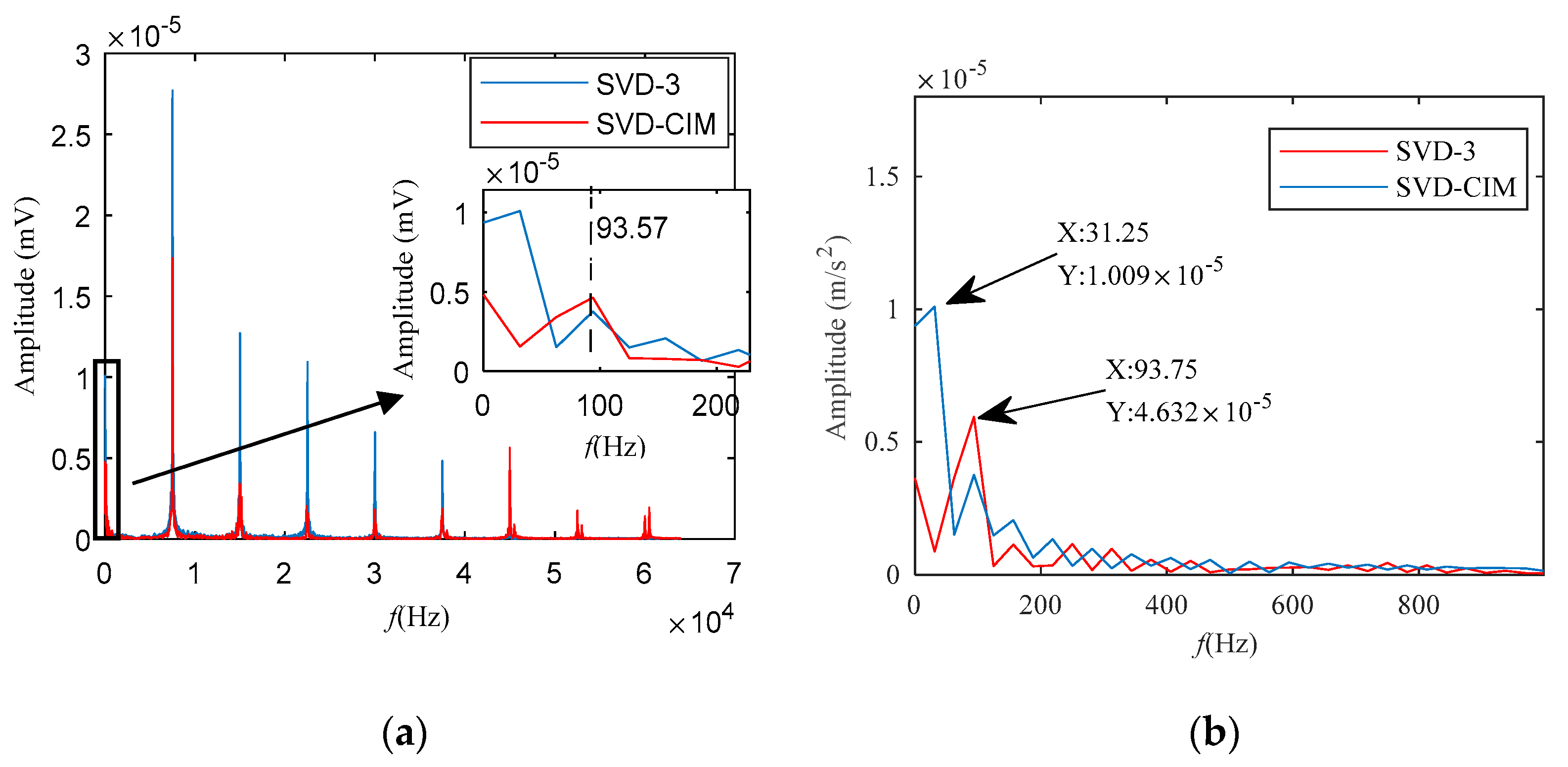
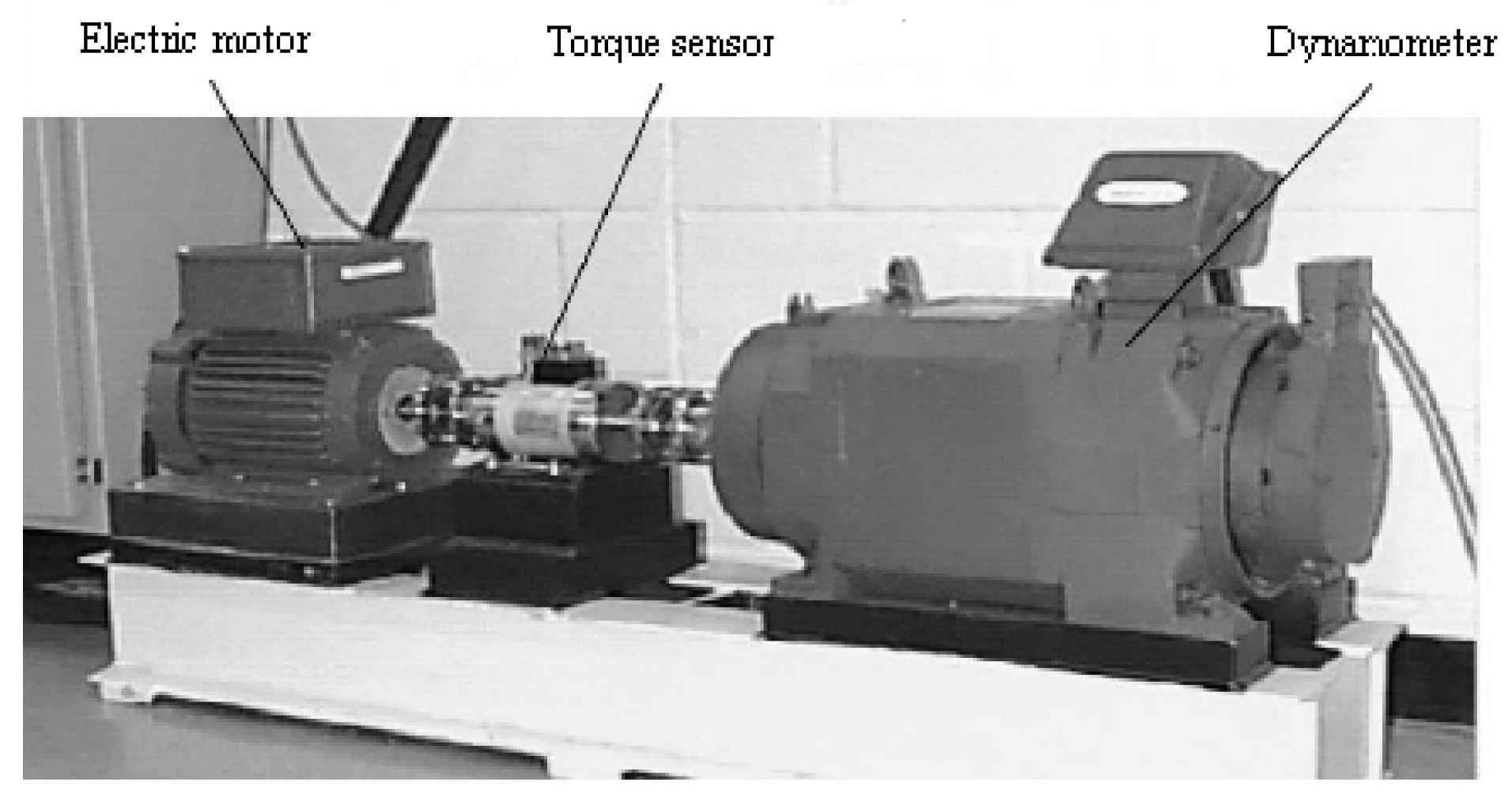
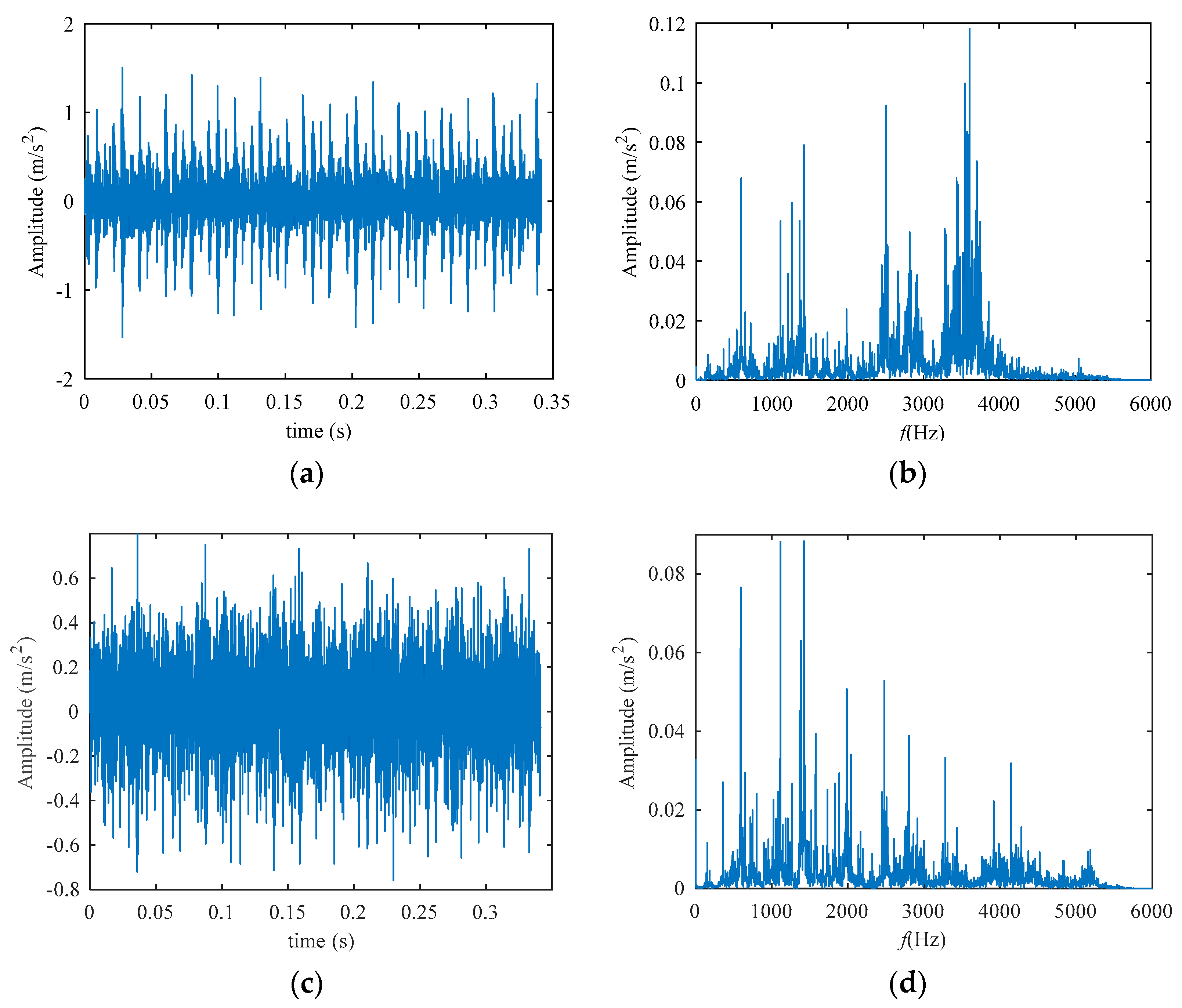
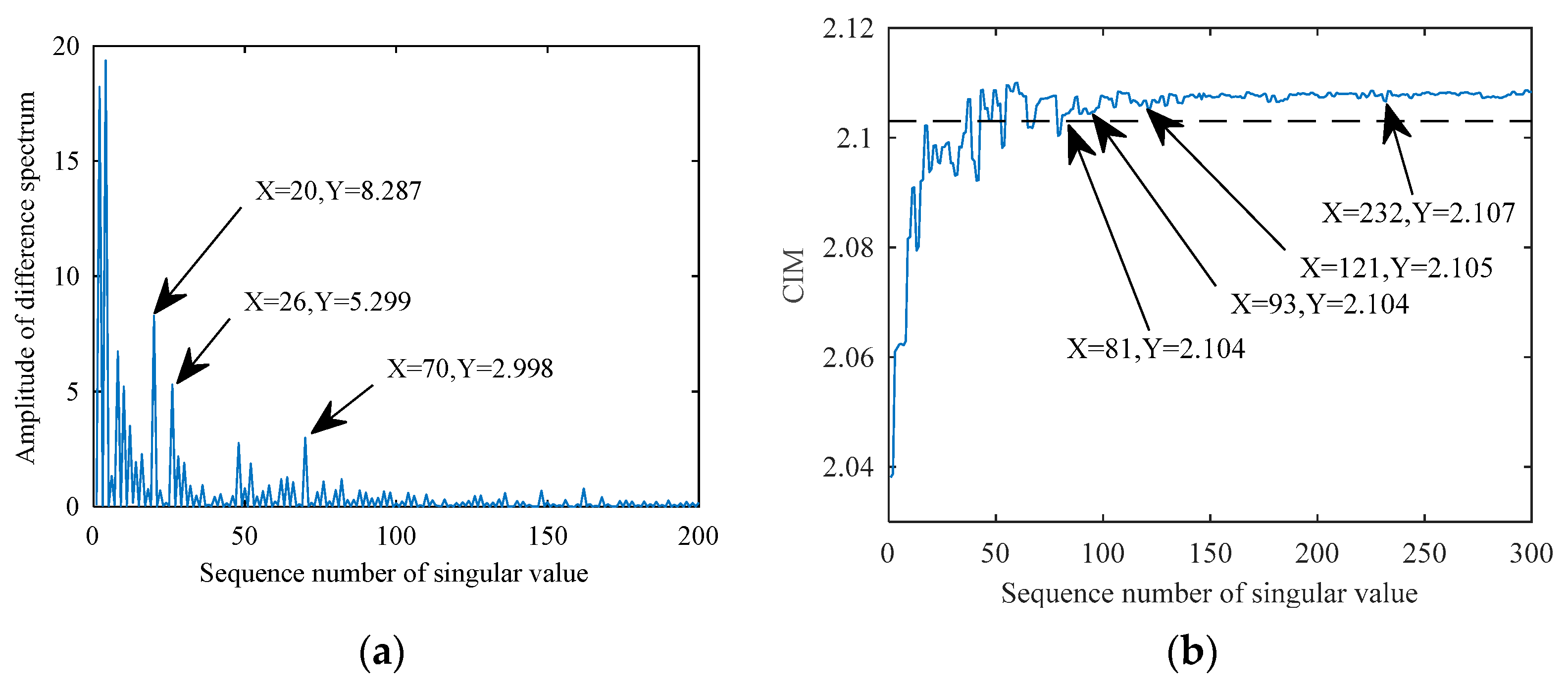
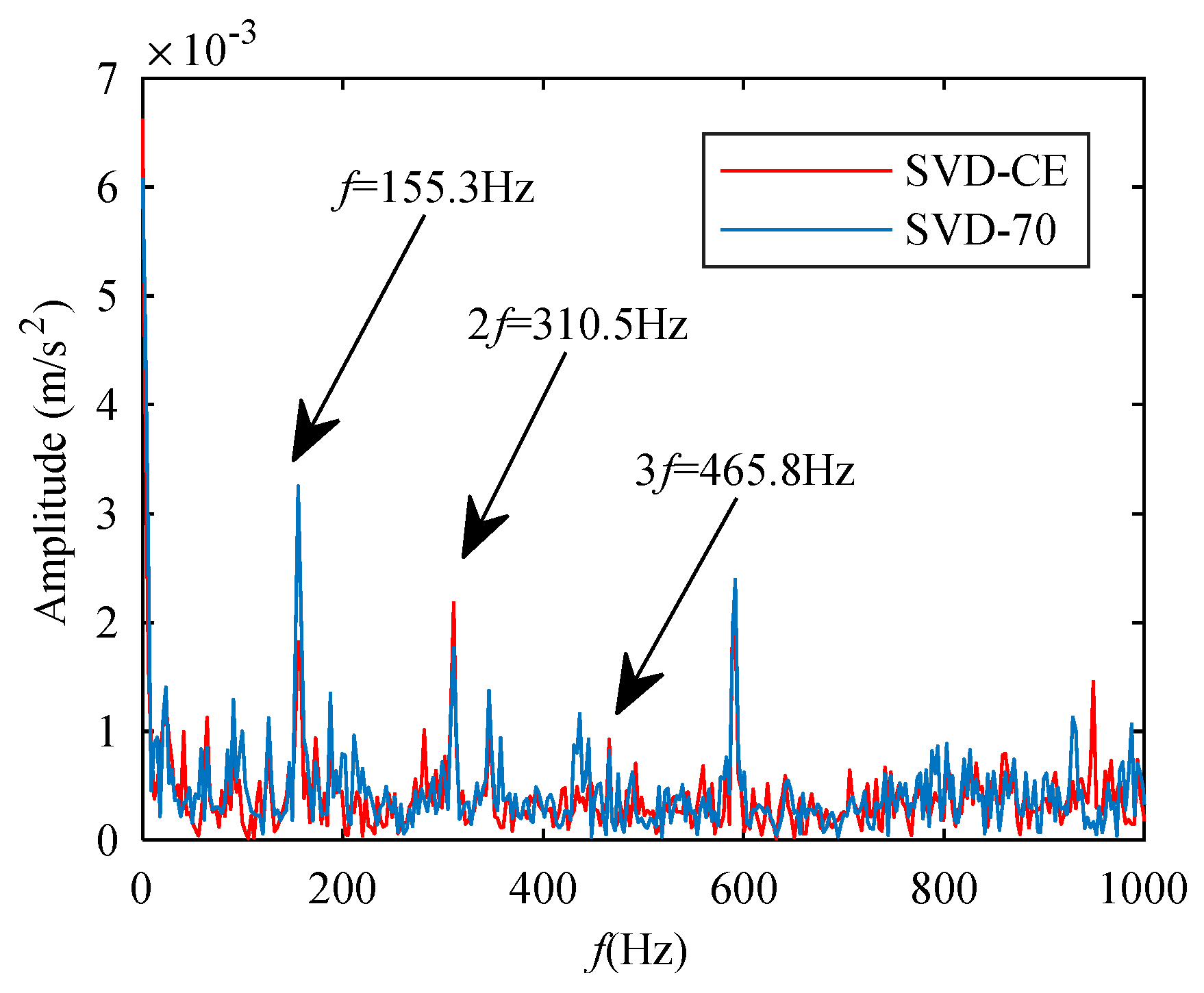
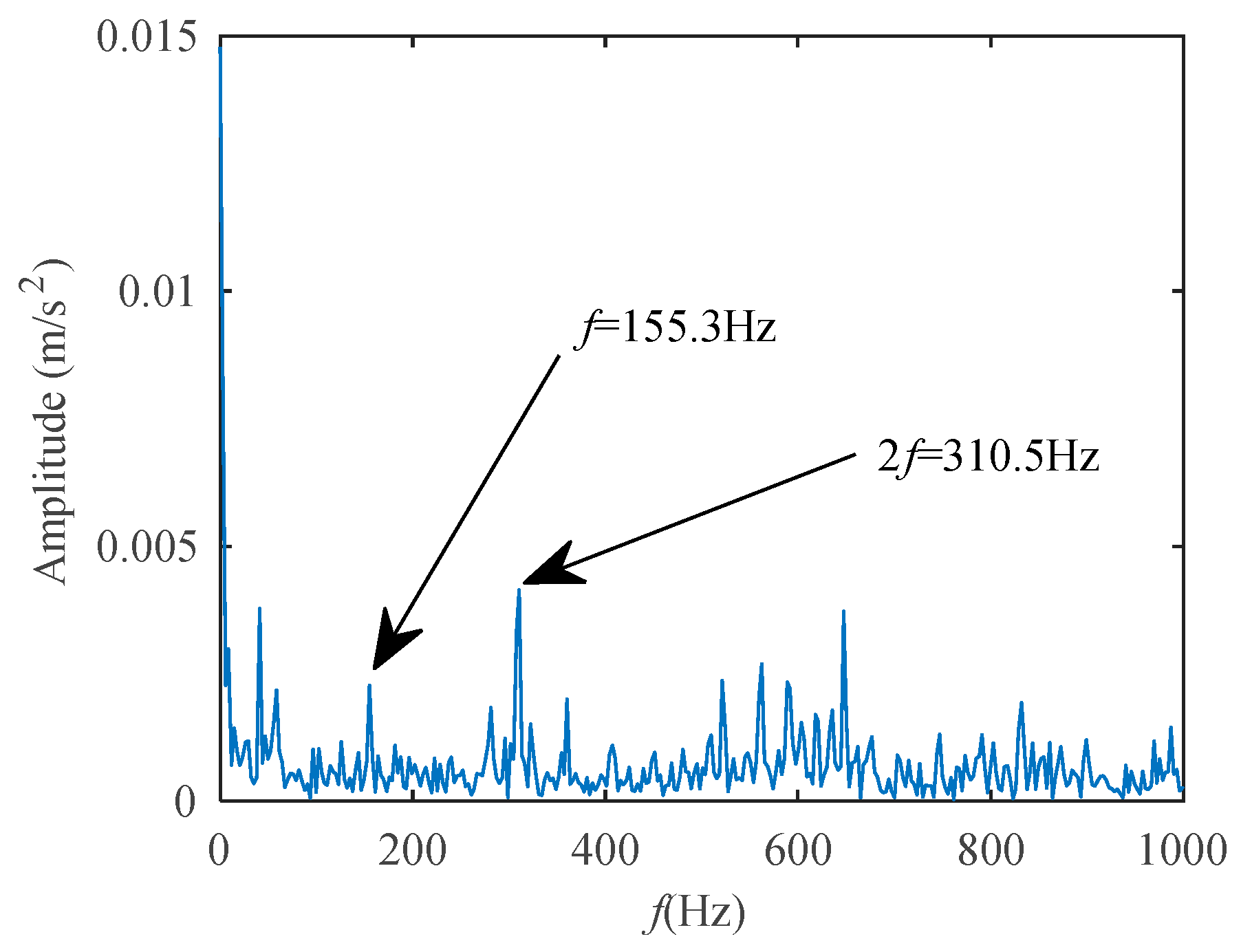

Publisher’s Note: MDPI stays neutral with regard to jurisdictional claims in published maps and institutional affiliations. |
© 2022 by the authors. Licensee MDPI, Basel, Switzerland. This article is an open access article distributed under the terms and conditions of the Creative Commons Attribution (CC BY) license (https://creativecommons.org/licenses/by/4.0/).
Share and Cite
Gong, S.; Lu, J.; Li, S.; Ma, H.; Wang, Y.; Teng, G. Two-Channel Information Fusion Weak Signal Detection Based on Correntropy Method. Appl. Sci. 2022, 12, 1414. https://doi.org/10.3390/app12031414
Gong S, Lu J, Li S, Ma H, Wang Y, Teng G. Two-Channel Information Fusion Weak Signal Detection Based on Correntropy Method. Applied Sciences. 2022; 12(3):1414. https://doi.org/10.3390/app12031414
Chicago/Turabian StyleGong, Siqi, Jiantao Lu, Shunming Li, Huijie Ma, Yanfeng Wang, and Guangrong Teng. 2022. "Two-Channel Information Fusion Weak Signal Detection Based on Correntropy Method" Applied Sciences 12, no. 3: 1414. https://doi.org/10.3390/app12031414
APA StyleGong, S., Lu, J., Li, S., Ma, H., Wang, Y., & Teng, G. (2022). Two-Channel Information Fusion Weak Signal Detection Based on Correntropy Method. Applied Sciences, 12(3), 1414. https://doi.org/10.3390/app12031414








